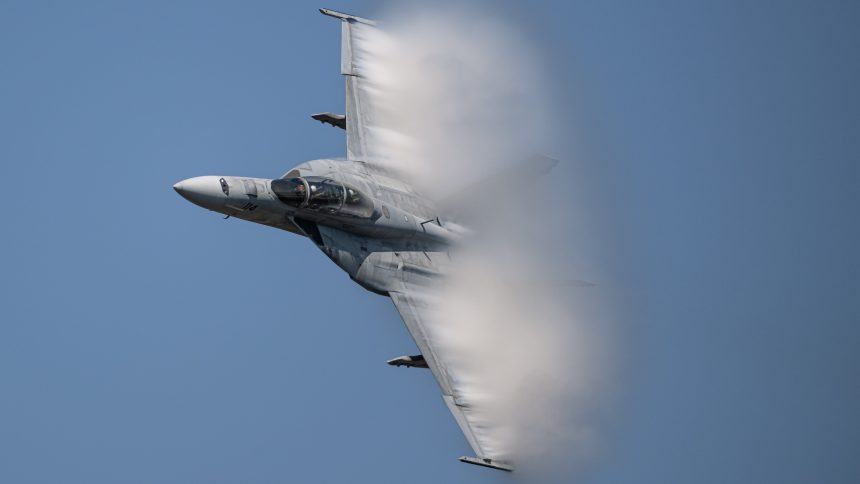At the recent 2025 Oceana Air Show, Navy pilots shared stories that link the service’s airborne innovation to a 250-year tradition of courage and adaptability.
As the U.S. Navy marks its 250th anniversary, the celebration is as much about the future as the past. For two and a half centuries, the Navy has evolved with every shift in technology and threat, adapting its ships, sailors, and missions to meet the demands of a changing world.
That tradition of adaptation remains its defining strength. When the first Continental Navy put ships to sea in 1775, they carried the nation’s hopes more than its hardware, with two small vessels representing the beginning of a fleet that would one day span the globe. Each generation has since expanded what it means to project maritime power, from the ironclads of the Civil War to carrier aviation, nuclear propulsion, and today’s integration of data, sensors, and electromagnetic dominance. The U.S. Navy has always moved toward the next frontier.
One of the most transformative leaps came in the early 20th century, when aviation first met the sea. In a handful of experimental flights, daring pilots proved that aircraft could extend the fleet’s range, and with that, a new era of naval warfare began. Ultimately, carriers replaced battleships as symbols of reach and readiness, and naval aviation became the embodiment of the service’s ingenuity, combining sea control with the freedom of the sky.
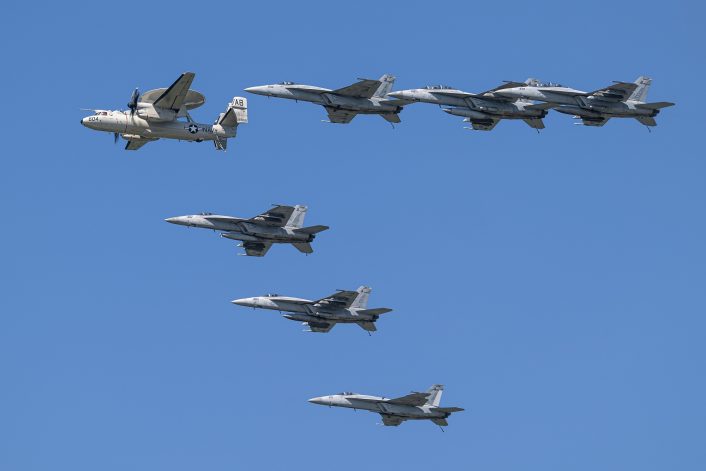
Today that spirit continues in the Navy’s airborne community, from the F/A-18 and F-35C to the P-8A, E-2D, and EA-18G. These platforms don’t just operate from the sea; they extend the fleet’s awareness, control, and lethality across every domain. Together they represent a continuum of innovation, the same drive that has carried the Navy from sail and cannon, to supersonic flight and digital warfare.
From Deck to Sky: The Birth and Evolution of Naval Aviation
When Eugene Ely launched his Curtiss Pusher off the deck of the USS Birmingham in 1910, and then landed on the USS Pennsylvania just two months later, he proved that aircraft could operate from the sea, changing naval warfare forever. Those brief, daring flights demonstrated that a warship could project power not just across the ocean, but into the sky. Within months, the Navy began training its first aviators and, by 1914, aircraft were already spotting for naval gunfire and scouting enemy fleets off Veracruz, Mexico.
The interwar years brought lessons that would define the next century of naval strategy. Carrier aviation matured from experiment to doctrine, teaching the Navy to combine range, mobility, and air dominance in ways no other service could. By World War II, naval aviation had become a decisive force, from the Battle of the Coral Sea, where opposing fleets fought without visual contact, to Midway and the Philippine Sea, where carrier air wings secured control of the Pacific.
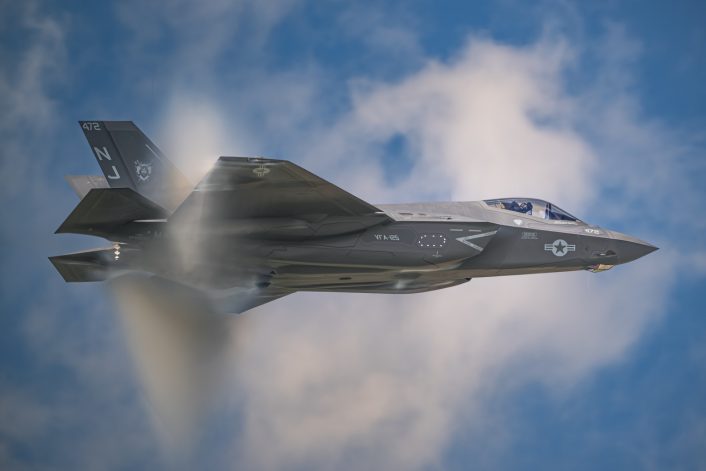
The postwar decades saw relentless evolution. Jets replaced props. Angled decks, catapults, and arresting gear redefined carrier operations. The Cold War demanded new missions, from nuclear deterrence and reconnaissance to early forms of networked command and control. Each generation of aircraft, from the A-4 and F-8 to the F-14 Tomcat and F/A-18 Hornet, carried forward a blend of innovation and adaptability that mirrored the Navy itself.
Today’s carrier air wings embody that same spirit in digital form. The F-35C Lightning II brings stealth and data fusion; the EA-18G Growler extends the fleet’s reach into the electromagnetic spectrum; the E-2D Advanced Hawkeye ties it all together through real-time battle management. Modern naval aviation is less about individual platforms and more about an integrated system, sea, air, space, and cyber, working as one.
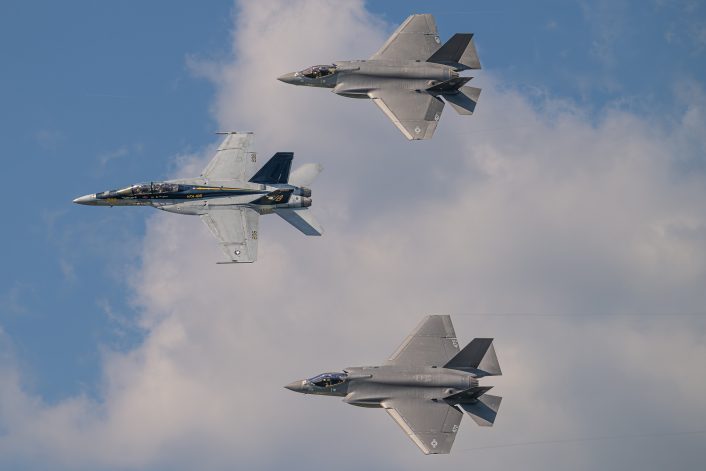
At its core, however, the essence of naval aviation hasn’t changed. It’s still about men and women trained to launch from a moving deck in all weather, operate hundreds of miles from home, and bring each other safely back aboard. The tools have advanced, but the trust, precision, and professionalism that define naval aviators remain timeless. That combination of technology and tenacity, innovation guided by purpose, continues to make naval aviation one of the clearest reflections of the Navy’s enduring spirit. And nowhere is that spirit more alive than in today’s aviators who carry the legacy forward with every launch and every mission.
At the 2025 NAS Oceana Air Show, The Aviationist had the opportunity to meet with four naval aviators, three flying the F-35C Lightning II and one piloting the F/A-18F Super Hornet, and ask them two simple questions: If they could fly alongside any naval aviator, or civilian aviator making a breakthrough contribution to naval aviation, who would it be and why? Secondly, what flight or mission best captures the spirit of the Navy? Each of these aviators brings a unique perspective shaped by their aircraft, missions, and experiences. Their reflections, on the aviators who inspired them and the moments that tested them, reveal how the spirit of the Navy endures in the skies.
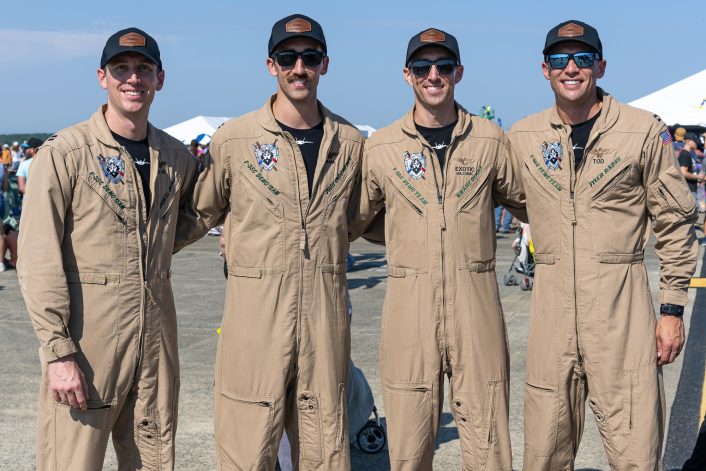
Interview with LT Josh “BAM” Underdown
LT Underdown is a F-35C pilot with VFA-125 “Rough Raiders”, Fundamentals Shop Lead/CQ Phase Head, USN Fleet Replacement Squadron, based at Naval Air Station Lemoore, California. LT Underdown is from Virginia Beach, VA and graduated from North Carolina State University. Total flight hours are 1300 (800 F/A-18E & 200 F-35C), with 300 arrested landings.
The Aviationist: If you could fly alongside any naval aviator, or civilian aviator making a breakthrough contribution to naval aviation, who would it be and why?
I would definitely choose to fly alongside “Wade” McClusky, specifically during his time and in his aircraft. He became well known as the air group commander on the USS Enterprise during its greatest naval battles during WWII. He led a mission of F4F Wildcats in a search for Japanese carriers loaded with dozens of Mitsubishi Zeros and successfully led a dive-bomb attack against a fleet of 4 Japanese carriers, destroying 3 of them during the fight.
In my mind, I can only imagine what that must have looked like with the airspace being filled with such a dense swarm of aircraft. Then being able to coordinate and maintain order while all that fighting is going on is ridiculously impressive. Now of course, I would like to throw in the massive caveat that I would only like to experience this if I could be assured survival with some sort of sci-fi invincibility shield.
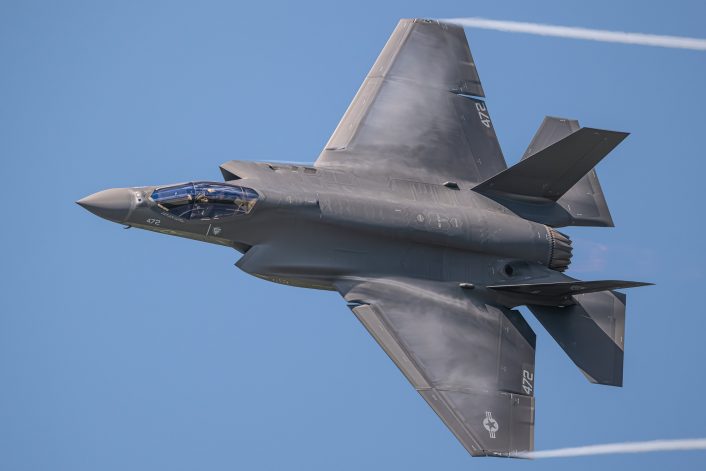
Q: Can you please share a memorable mission or flight experience that you feel represents the spirit of the U.S. Navy?
One of my most memorable experiences in the Navy (which I bet many others would agree) was my initial carrier qualifications in the F/A-18. This was in July of 2020 and it was the last year that students were flying “manual” passes. The day time CQ (carrier qualification) experience was incredible and wasn’t all that intimidating, since I’d seen it in the T-45. But, when the lights turned off and the overcast layer rolled-in, it was a game-changer.
Long story short, after several bolters, a bingo to the beach and a few pints of sweat, I was finally aboard following my last trap, with shaky legs and relief. I had a really surreal moment of reflection as they were chaining down the jet. I was thinking about all of the pilots who had gone through a very similar but still incredibly unique experience. But, instead of sitting in a F-18, they were in Hellcats, Phantoms, Crusaders, Skyhawks, and Tomcats.
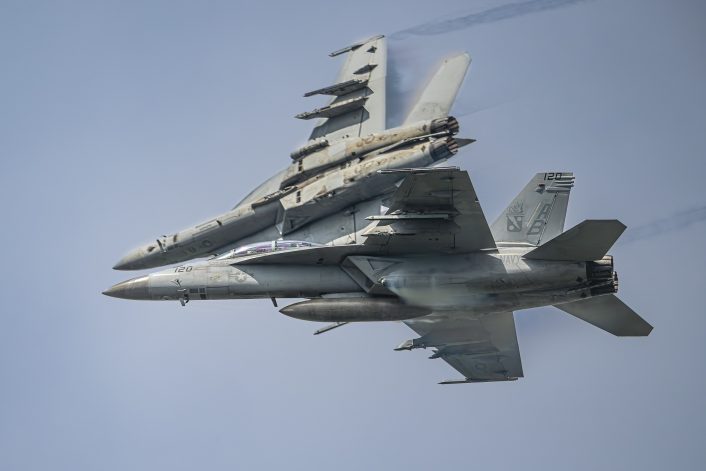
Interview with LT Tyler “TOD” Radke
LT Radke is a F-35C pilot with VFA-125 “Rough Raiders”, LSO, USN Fleet Replacement Squadron, based at Naval Air Station Lemoore, California. LT Radke is from South Bend, IN and graduated from Indiana University Purdue University, Indianapolis. Total flight hours are 900 (600 F/A-18E and 35 F-35C) with 150 arrested landings.
Q: If you could fly alongside any naval aviator, or civilian aviator making a breakthrough contribution to naval aviation, who would it be and why?
As an F-35 pilot, I’m constantly pushing the limits of what modern technology and training can do. But even with the cutting-edge stealth and sensors of the Joint Strike Fighter, there’s something timeless about flying alongside a legend like Dale Snodgrass that I know would have taken my skills—and my passion for flying—to a whole new level.
Dale Snodgrass wasn’t just an incredible pilot; he was the fighter pilot. His name is synonymous with precision, aggression, and mastery in the air. He flew the F-14 Tomcat like it was an extension of his own body, executing maneuvers with a grace and authority that few could match. For someone like me, flying one of the most advanced jets in history, having the chance to learn from Dale would have been invaluable—not because of the tech, but because of his raw, unparalleled flying skill and combat experience.
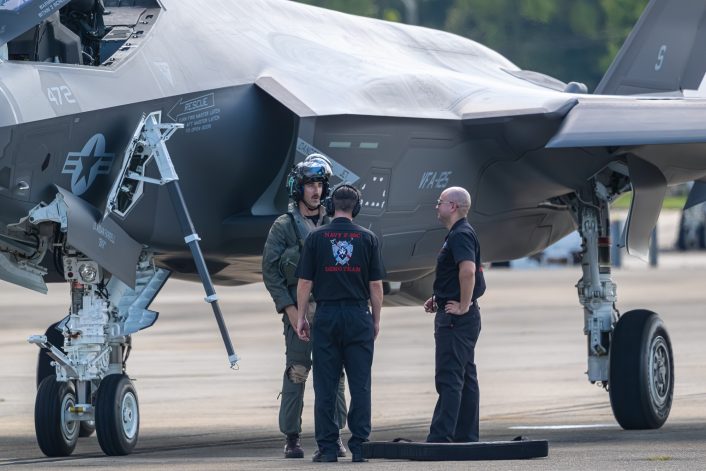
Flying with Dale would have meant tapping into decades of knowledge about how to think like a fighter pilot, not just fly like one. It’s one thing to have a state-of-the-art jet beneath you, but it’s another thing entirely to have the mindset and instincts that only come from thousands of hours in the cockpit and real-world combat. He was a pilot who understood how to stay calm under pressure, how to read an adversary, and how to push the aircraft to its absolute limits safely.
I can only imagine the kind of energy and focus it would have taken to fly with him. His aggressive yet precise flying style would push me to sharpen every skill I have, to fly smarter, faster, and more confidently. Beyond that, Dale’s passion for flying was infectious. It’s not just about the aircraft or the mission—it’s about the pure joy of flying, the connection between pilot and machine, and the respect for the skies that bring it all together.
For me, flying with Dale Snodgrass would’ve been more than just a training opportunity—it would’ve been a rare chance to connect with the legacy of naval aviation excellence and to learn from one of the greatest fighter pilots of all time. It’s a chance I would have jumped at without hesitation, and one that would have made me a better pilot, both in the cockpit and beyond.
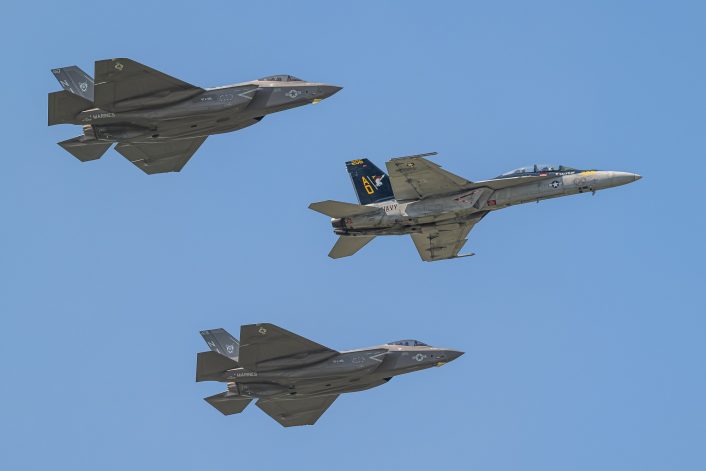
Q: Can you please share a memorable mission or flight experience that you feel represents the spirit of the U.S. Navy?
One of the most memorable flights of my career took place during my 2023 deployment while flying the mighty F/A-18E—an experience that still resonates deeply with me. It started early in the morning when I was preparing for my workout, fully expecting the day to unfold normally. The calm of the morning was suddenly shattered by the unmistakable sound of the 1MC announcement echoing throughout the aircraft carrier: the alert launch was being called. My heart instantly kicked into high gear.
Without hesitation, I sprang into action. I dropped everything and hurried to change into my flight suit, my mind racing as I maneuvered through the labyrinth of ladder wells. I had to dodge the knee knockers—the tight, low-hanging hatch covers that seem to find every pilot at the worst possible moment—while moving as fast as I could. Every step was a blur, adrenaline flooding my system as I raced against the clock. The tension in the air was palpable, but beneath it all, there was a singular focus: get ready, get to my jet, and get airborne.
Once suited up, I sprinted toward the flight deck, my boots pounding on the metal flight deck, the roar of the jet engines blending with the chaos of the deck crew working feverishly to launch aircraft. Reaching my jet, I quickly ran through the preflight procedures, fired up the engines, and taxied to the catapult with an urgency I’ve only felt in these rare, high-stakes moments.
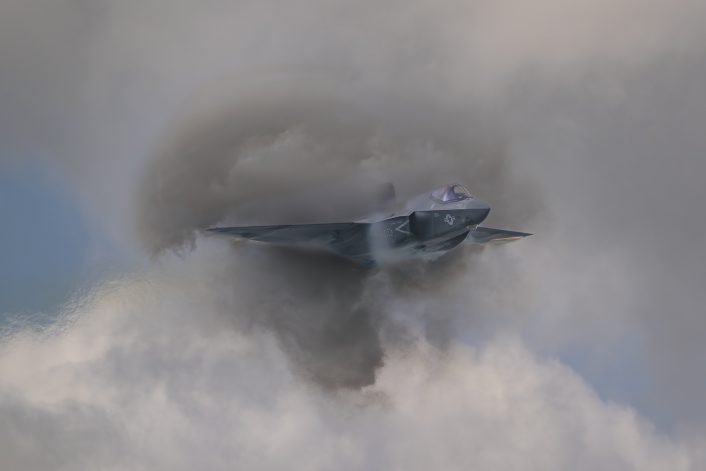
As I lined up on the catapult, the sun was just beginning to rise, casting a breathtaking glow over the horizon. In that instant—a brief pause amidst the chaos—I found myself struck by the sheer surrealism of the moment. Here I was, preparing to launch off the edge of a floating airbase into open sky, a small piece of a much larger mission. It was awe-inspiring and humbling all at once. Despite the urgency, there was a profound sense of calm and disbelief. This was my job. This was real.
Throughout history, naval aviators have answered the call in moments like these—launching on alert to project power and uphold freedom across the globe. They’ve been the first line of defense, the vanguards of security and strength in uncertain times. To be part of that legacy, to carry the torch forward in the 21st century, is a privilege I don’t take lightly.
Every alert launch is a reminder of the responsibility we bear and the sacrifices made by those who came before us. It’s about more than just flying; it’s about commitment, courage, and being ready to act at a moment’s notice to protect our nation and its interests worldwide. Looking back on that morning, I feel honored to be part of that story—part of a brotherhood that continues to shape history with every flight.
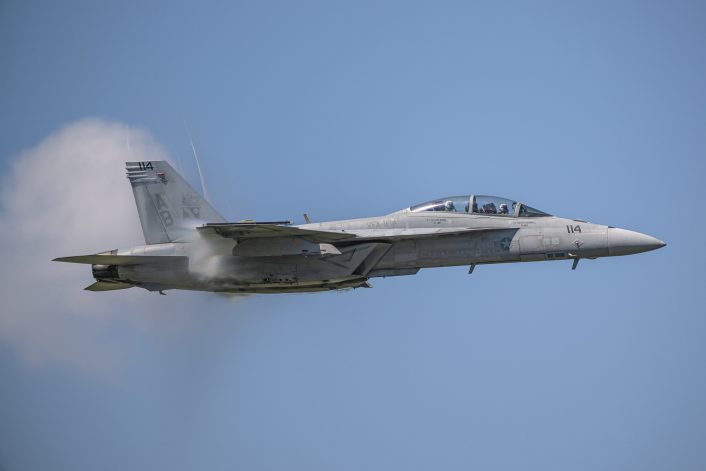
Interview with LT Daniel “Hei Hei” Burns
LT Burns is a F-35C pilot with VFA-125 “Rough Raiders”, Instructor Pilot // OMS Officer, USN Fleet Replacement Squadron, based at Naval Air Station Lemoore, California. LT Burns is from Fort Lauderdale, FL and graduated from Florida State University. Total flight hours are 920 (600 F/A-18E and 100 F-35C) with 200 arrested landings.
Q: If you could fly alongside any naval aviator, or civilian aviator making a breakthrough contribution to naval aviation, who would it be and why?
I would choose to fly with CAPT Thomas Hudner Jr. He demonstrated incredible bravery during his time in the Korean War. His willingness to risk his own safety to help Ensign Jesse Brown speaks volumes about his character. In one of the most selfless acts of heroism, he crash-landed his plane in enemy territory to try to save his wingman. That kind of courage and loyalty is truly inspiring and represents the highest ideals of naval aviation. He would be a privilege to fly with.
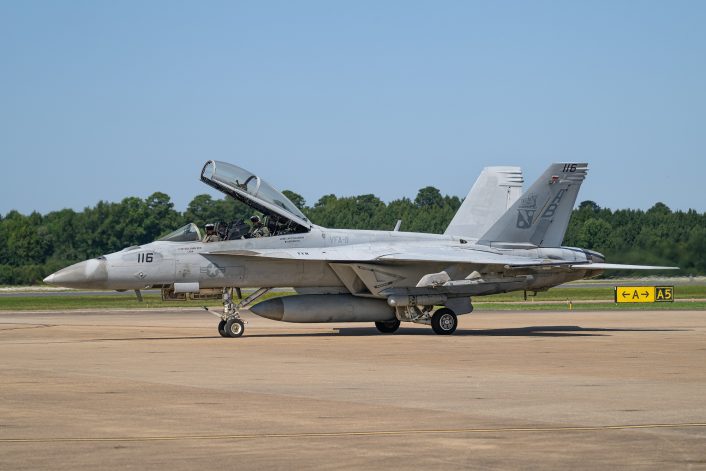
Q: Can you please share a memorable mission or flight experience that you feel represents the spirit of the U.S. Navy?
One of my most memorable flights in the Navy occurred during a deployment while returning to the aircraft carrier. I was flying an F/A-18E in a location I can’t specify, but due to adverse weather conditions, my recovery to the carrier was delayed. With fuel levels low, I was required to conduct airborne refueling; otherwise, I would have had to divert from the carrier and land at an unfamiliar airfield.
This demanded precise coordination between myself and a tanker pilot. Thanks to our effective teamwork, I successfully refueled and safely landed on the carrier. This experience underscored the excellence of our training and the vital importance of relying on fellow aviators to ensure mission success and safe return.
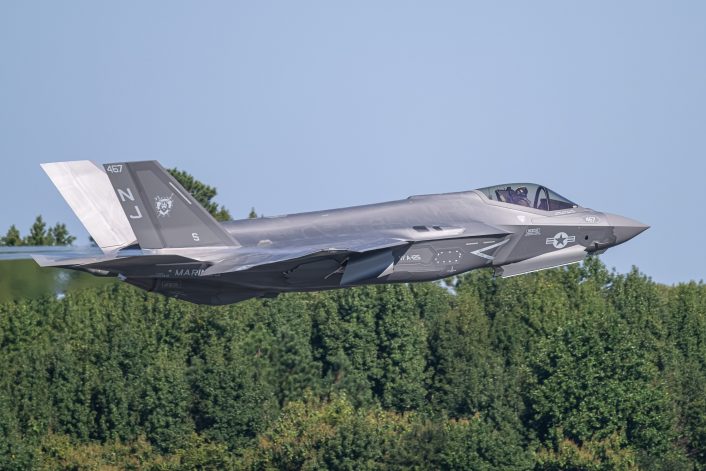
Interview with LCDR Marty “Grouse” Wilson
LCDR Wilson is a F/A-18F pilot with VFA-11 “Red Rippers”, based at NAS Oceana, Virginia. LCDR Wilson is from Northern Virginia and graduated from George Mason University, Fairfax, VA. Total flight hours are 1400 hours, with about 1200 hours in the Super Hornet.
Q: If you could fly alongside any naval aviator, or civilian aviator making a breakthrough contribution to naval aviation, who would it be and why?
Based on the fact that anniversaries really make you reflect on how far an enterprise has advanced, I think the person I’d like to fly with the most, to fly next to, is Eugene Ely. He’s the first man to take an aircraft off of an aircraft carrier, only a few years after aircraft were created by the Wright brothers. So, to be able to fly next to that man, and to be able to show him the foundation that he built, how far it’s come, and what it’s turned into — I would love to have that experience.
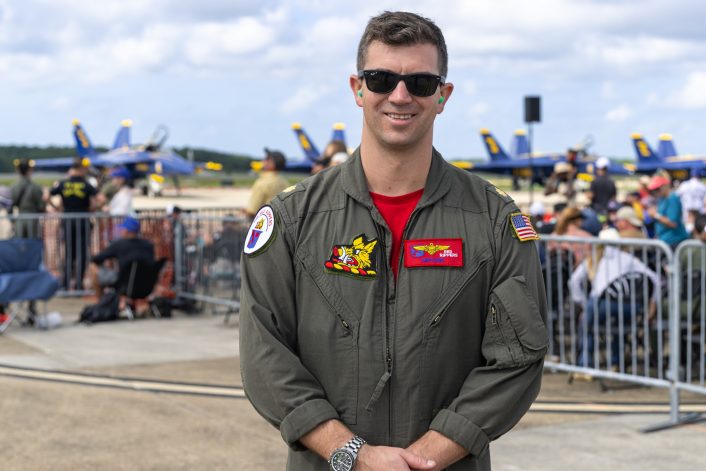
Q: Can you please share a memorable mission or flight experience that you feel represents the spirit of the U.S. Navy?
I might be a little biased, but since we’re here at the Oceana Air Show, I’d probably have to say the flight I did yesterday for the air show — the air power display. It’s seven F/A-18 Super Hornets, one E-2 Hawkeye, and one H-60 helicopter, integrating with EOD (Explosive Ordnance Disposal) units on the ground. It’s an air show; we’re here putting on a demonstration for the crowd. But I think that’s important for what it represents — the U.S. Navy protecting and defending American citizens. It gives us the opportunity to show the country, to show civilians, how we conduct business.
The aircrew (including myself), that flew today have been flying the routine all weekend, and we’ve flown several practices leading up to the air show. Our crew was operating at peak performance for the presentation.
The display really embodies the spirit of the U.S. Navy — our adaptability, our teamwork. Adjustments to the routine were fine-tuned to make our performance efficient, keep the crowd engaged, and illustrate our lethality and ferocity, all while keeping spectators safe. There was a lot of collaboration with the FAA and the air station here, but it all came together beautifully yesterday, under clear blue skies.
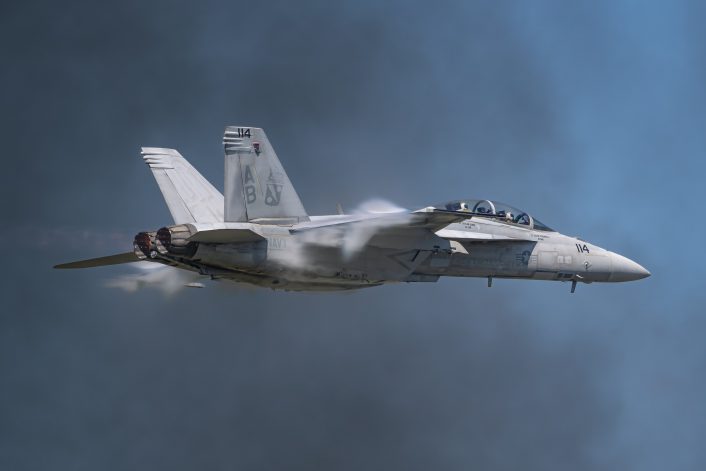
Acknowledgements
The author wishes to thank LT Josh Underdown, VFA-125, LT Tyler Radke, VFA-125, LT Daniel Burns, VFA-125, LCDR Marty Wilson, VFA-11 and Katie Hewett, Public Affairs Office, Naval Air Station Oceana, for their patience, time and dedication.

